Experimental rap movements have redefined the boundaries of music, pushing artistic expression to new heights and challenging traditional norms. From its inception, this genre has evolved from the early pioneers of alternative hip-hop to the innovative sounds of today, blending unconventional techniques, surreal imagery, and bold creativity. In this article, we delve into the fascinating world of experimental rap, exploring its origins, key subgenres, influential artists, and its profound impact on modern music culture. Whether you’re a seasoned fan of hip-hop or a curious newcomer, this journey through experimental rap movements promises to uncover hidden gems, answer intriguing questions, and reveal the endless possibilities of this ever-evolving art form.
Key Takeaways
– Kendrick Lamar showcases his versatility by merging traditional hip-hop with alternative sounds, pushing boundaries in the music industry.
– Cardi B’s unique style combines trap and drill music, creating a distinctive sound that resonates widely within the hip-hop community.
– Mustard’s production expertise enhances Kendrick Lamar’s music, creating innovative collaborations that elevate both artists’ careers.
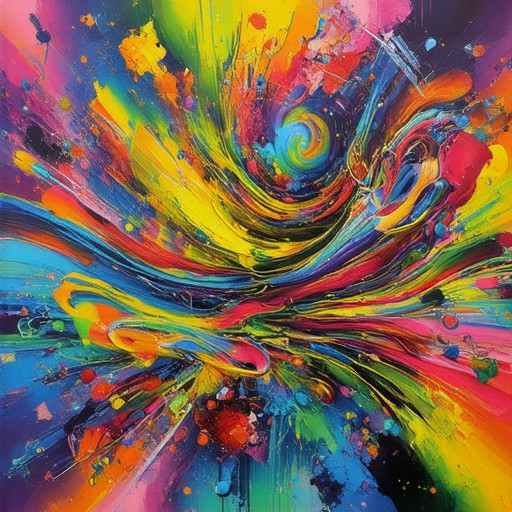
Experimental Hip Hop
Experimental hip hop is a genre of music that pushes boundaries by blending elements from various genres such as jazz, funk, electronic, and spoken word. This style often prioritizes artistic freedom and innovation over conventional structures, making it a dynamic and evolving form of expression.
Key Characteristics
- Genre Blending: Experimental hip hop frequently combines elements from different musical styles, creating unique soundscapes that defy traditional categories.
- Artistic Freedom: Artists often take creative liberties with lyrics, beats, and production, leading to works that are deeply personal and forward-thinking.
- Storytelling Through Lyrics: Many experimental hip hop tracks use intricate and thought-provoking lyrics to tell stories or explore complex themes.
- Innovative Production Techniques: Producers experiment with sounds, sampling, and effects to create immersive and groundbreaking music experiences.
Why It’s Called “Experimental”:
Experimental hip hop gets its name from its willingness to try new things. Artists often challenge traditional structures and explore uncharted sonic territories, making it a genre that constantly evolves and pushes boundaries.
Notable Artists and Influences
Some of the most influential names in experimental hip hop include Flying Lotus, who merges trip-hop with electronic and jazz elements, and Björn Again, whose work often incorporates avant-garde techniques. Platforms like Bandcamp and The Fader frequently showcase emerging talents in this space.
Cultural Impact
Experimental hip hop has had a significant impact on the music industry, inspiring artists to embrace creativity and challenge conventions. Its influence extends beyond hip hop, shaping electronica, jazz fusion, and other genres.
Exploring experimental hip hop offers listeners a chance to experience music that is both familiar and unfamiliar, pushing the boundaries of what hip hop can be. To dive deeper, visit AbstractHipHop.com for curated content and exclusive features.
What is Considered Psychedelic Rap?
Psychedelic rap, often referred to as psychedelic hip-hop, is a distinct microgenre within the broader realm of hip-hop music. This genre uniquely blends elements of hip-hop with psychedelic influences, creating a sound that is both immersive and otherworldly.
Origins and Influences
- The genre draws inspiration from various forms of psychedelic music, including psychedelic rock, soul, funk, and jazz.
- Its sound often incorporates heavy basslines, hypnotic rhythms, and atmospheric samples that evoke a sense of altered consciousness.
- Psychedelic drugs, such as LSD and psilocybin, have historically played a role in shaping the genre’s creative direction and thematic exploration.
Musical Characteristics
- Drum patterns that are both intricate and hypnotic, often reminiscent of jungle or breakbeat rhythms.
- samples from psychedelic rock records, giving tracks a trippy, nostalgic feel.
- A focus on mood and texture, creating a listening experience that feels surreal and transformative.
Notable Artists and Albums
- Artists like The Notorious B.I.G., Tupac, and Dr. Dre have been influenced by psychedelic elements, though the genre gained significant attention later with artists like The Alchemist and The Avalanches.
- Albums such as Madlib’s Madlib Greatest Hits and Ghostface Killah’s Supreme Clientele showcase the blend of sample-based production and psychedelic textures.
Cultural Impact
Psychedelic rap has carved out a unique niche in the music landscape, appealing to fans of experimental and avant-garde hip-hop. Its fusion of sounds continues to inspire new generations of producers and musicians, pushing the boundaries of what hip-hop can be.
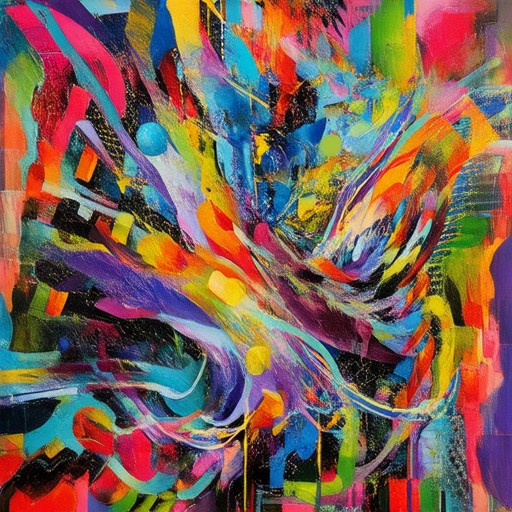
Understanding Abstract vs. Experimental Hip-Hop
Abstract and Experimental Hip-Hop are two distinct yet interconnected subgenres within the vast landscape of Hip-Hop culture. While they share common roots and often overlap, they diverge in their primary focus and artistic approach.
Abstract Hip-Hop
Abstract Hip-Hop is characterized by its lyrical complexity and unconventional approaches to rhythm and rhyme. Artists in this space often experiment with non-traditional structures, multisyllabic rhymes, and innovative delivery styles. This subgenre frequently incorporates elements from spoken word, jazz, funk, and electronic music, creating a rich tapestry of sounds and narratives.
- Lyrical Focus: Emphasizes intellectualism, social commentary, and artistic abstraction through complex wordplay and storytelling.
- Musical Elements: Often blends genres, utilizing live instrumentation, sampling, and experimental beats.
- Cultural Impact: Known for fostering deep lyrical exploration and challenging conventional expectations of Hip-Hop.
Experimental Hip-Hop
Experimental Hip-Hop, on the other hand, prioritizes musical innovation and boundary-pushing production. Artists in this realm focus on creating unique soundscapes, incorporating a wide array of instruments, effects, and electronic elements. The emphasis is less on traditional rap structures and more on creating immersive, forward-thinking auditory experiences.
- Musical Focus: Concentrates on audio experimentation, blending genres like jazz, electronic, and world music to create original soundscapes.
- Lyrical Approach: Can vary widely, ranging from abstract poetry to more traditional rap delivery, depending on the artist’s vision.
- Cultural Role: Serves as a platform for musicians pushing creative boundaries, often operating outside mainstream commercial constraints.
Key Differences
While both subgenres share a commitment to innovation and authenticity, they differ in their primary focus:
- Abstract Hip-Hop: Prioritizes lyrical depth and conceptual complexity, often with a more deliberate, intellectual approach.
- Experimental Hip-Hop: Centers on musical exploration and sonic innovation, creating a more fluid and dynamic listening experience.
Both subgenres contribute significantly to the evolution of Hip-Hop, offering fans diverse experiences that challenge traditional norms and expand the genre’s possibilities. Whether you’re drawn to the intricate wordplay of Abstract Hip-Hop or the sonic adventures of Experimental Hip-Hop, there’s something uniquely captivating about their collective contributions to music and culture.
Explore the full spectrum of Hip-Hop’s most avant-garde expressions on AbstractHipHop.com , your go-to destination for the latest in abstract and experimental beats and basslines.
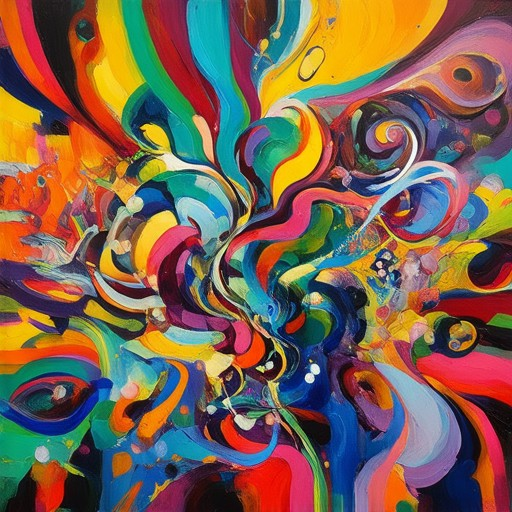
Kendrick Lamar’s Rap Style
Kendrick Lamar’s music spans various subgenres within the hip-hop landscape. While his early work leans heavily into traditional hip-hop elements, his later projects incorporate alternative and experimental sounds, blending elements of R&B, jazz, and funk. This versatility has solidified his status as a leading figure in the alternative hip-hop scene, known for pushing boundaries and merging different musical styles into his craft.
What Type of Rap is Cardi B?
Cardi B primarily practices trap rap , a subgenre of hip-hop that originated in the Southern United States, particularly in Atlanta. Trap music is characterized by its heavy basslines, hypnotic rhythms, and often gritty, raw subject matter. Cardi B’s music, while influenced by trap, also incorporates elements from drill music , a more aggressive and intense offshoot of trap that emerged later.
Her style is marked by catchy hooks, melodic refrains, and a focus on themes of wealth, success, and streetwise narratives, which are common in trap culture. Collaborations with artists like Offset (of Migos) have further solidified her connection to the trap scene, as Migos is one of the most prominent trap groups.
Thus, Cardi B’s music can be best described as a blend of trap and drill influences, creating a unique sound that resonates widely within the hip-hop community.
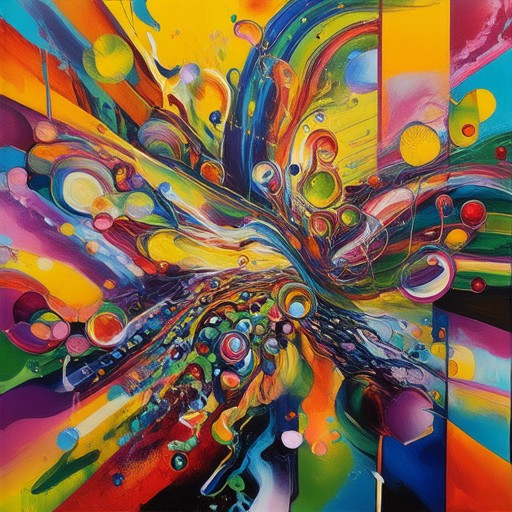
Why Does Kendrick Lamar Collaborate with Mustard?
Kendrick Lamar has consistently collaborated with Mustard because of his exceptional production skills and ability to enhance tracks with dynamic beats and memorable hooks. Mustard’s expertise in beat-making, mixing, and songwriting complements Kendrick’s lyrical prowess, creating a perfect blend of rap, R&B, and alternative sounds.
Mustard’s unique approach allows him to craft production that stands out, contributing significantly to the success of Kendrick’s hits. Their partnership reflects a shared musical vision, ensuring that every project remains fresh and innovative. Mustard’s versatility, evident through his work with various artists, makes him a valuable collaborator who consistently elevates Kendrick’s music.
Examples of their successful collaboration include tracks like “Bitcha,” “Don’t Wanna” featuring Offset, and “DNA.” These songs showcase Mustard’s ability to create impactful instrumentals that resonate with listeners, further solidifying his role in shaping Kendrick’s musical landscape.
Mustard’s contributions not only enhance Kendrick’s career but also highlight his own artistic growth and impact on the music industry. Their continued partnership underscores the mutual respect and creative synergy between two talented musicians.
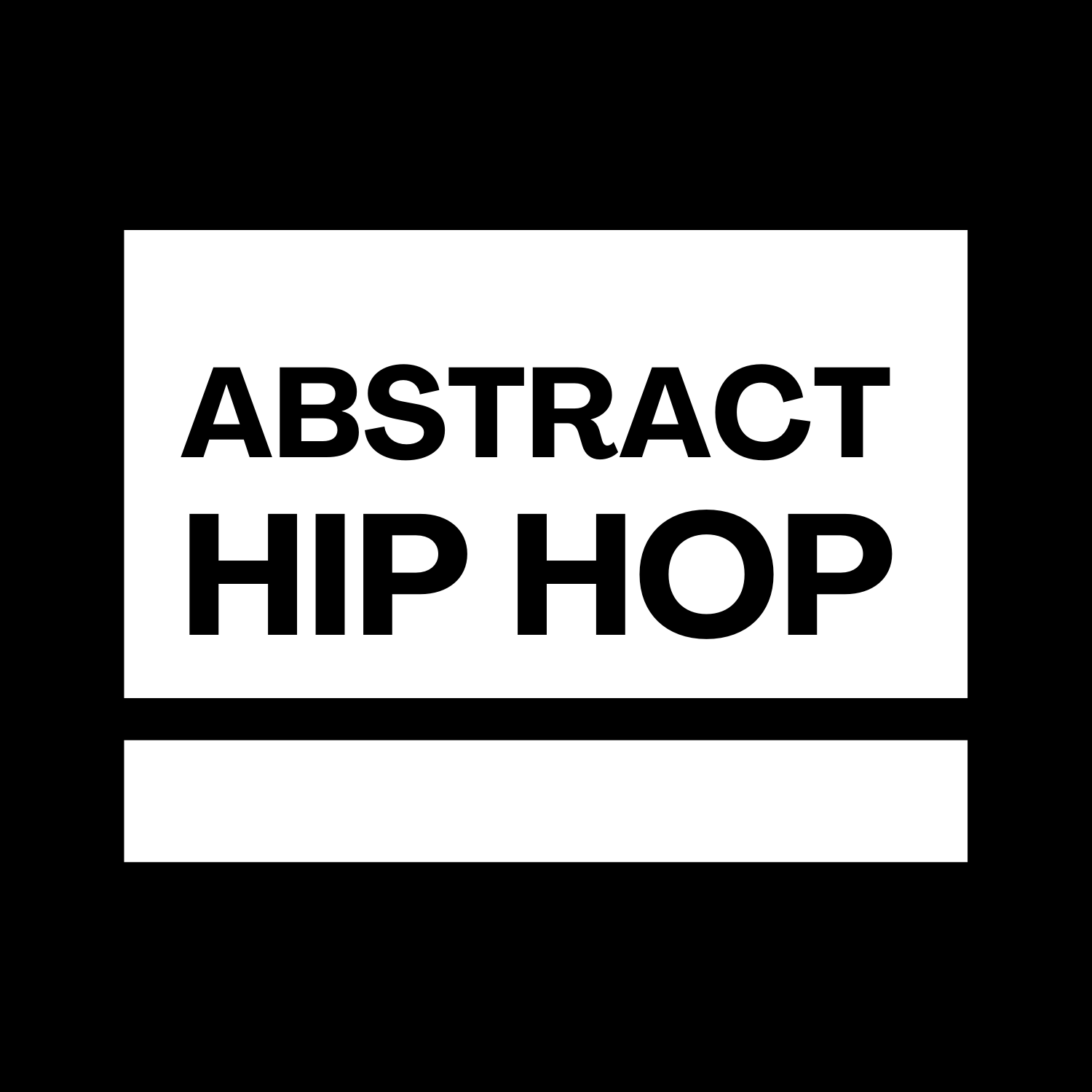
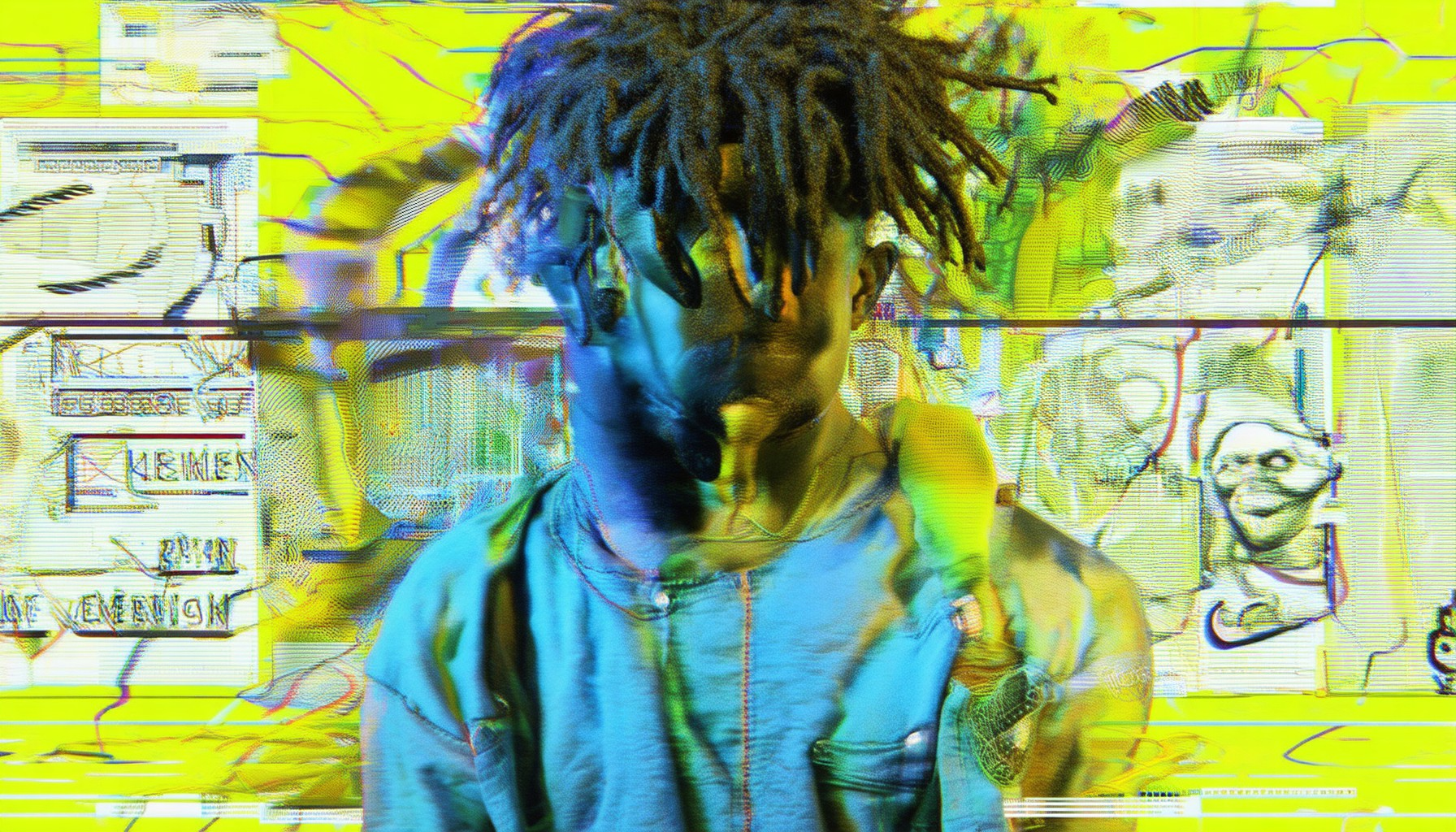
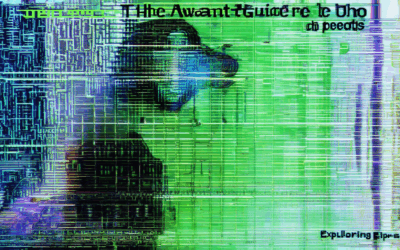


0 Comments